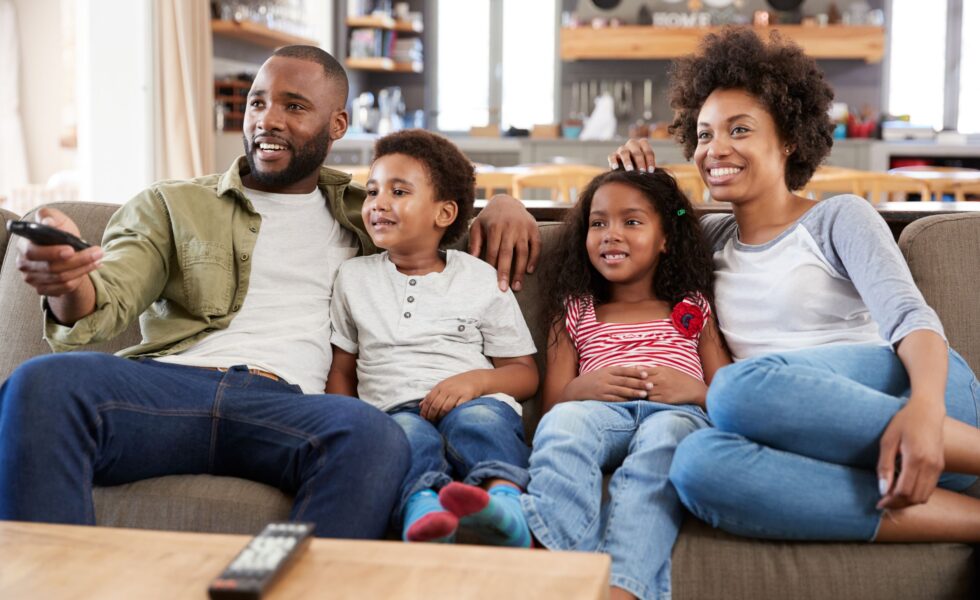Why Representation in Digital Media Matters

Navigating adolescence is tough. It’s easy to feel like no one understands what you’re going through, especially when the stories that we see in movies, TV, and more don’t reflect your experiences.
“It just kind of makes me feel like ‘Why don’t I see anybody like me?’” said one high school student. “[It] kind of like brings your self-esteem down.”
Historically, many movies and TV shows in the United States have lacked diverse representation. For example, according to Common Sense Media, despite being 18% of the population, Latinos only make up 5% of speaking film roles. Characters of color in shows most watched by children age 2 to 13 are more likely to be depicted as violent, and women of all ethnic-racial groups in adult programming are more likely to appear in sexualized roles.
These sorts of stereotypes and damaging depictions have a harmful impact on both marginalized communities and wider audiences. The more that non-marginalized people are exposed to these depictions, the more likely they are to believe they are true. And for marginalized communities, these misleading or non-existent representations can lead to a poor sense of self and bullying.
We learn a lot from the media we consume. Storytelling shapes how we see ourselves and how we see each other. Thus, media representation can impact mental health and how we cultivate empathy, especially in our young people.
The good news: our media is becoming more diverse and authentic representation is becoming more common. There’s still a lot of work to be done, but we’re getting closer to a digital media landscape where all people can see themselves represented.
 youthspeakoutint.org
youthspeakoutint.org

Leave a Reply